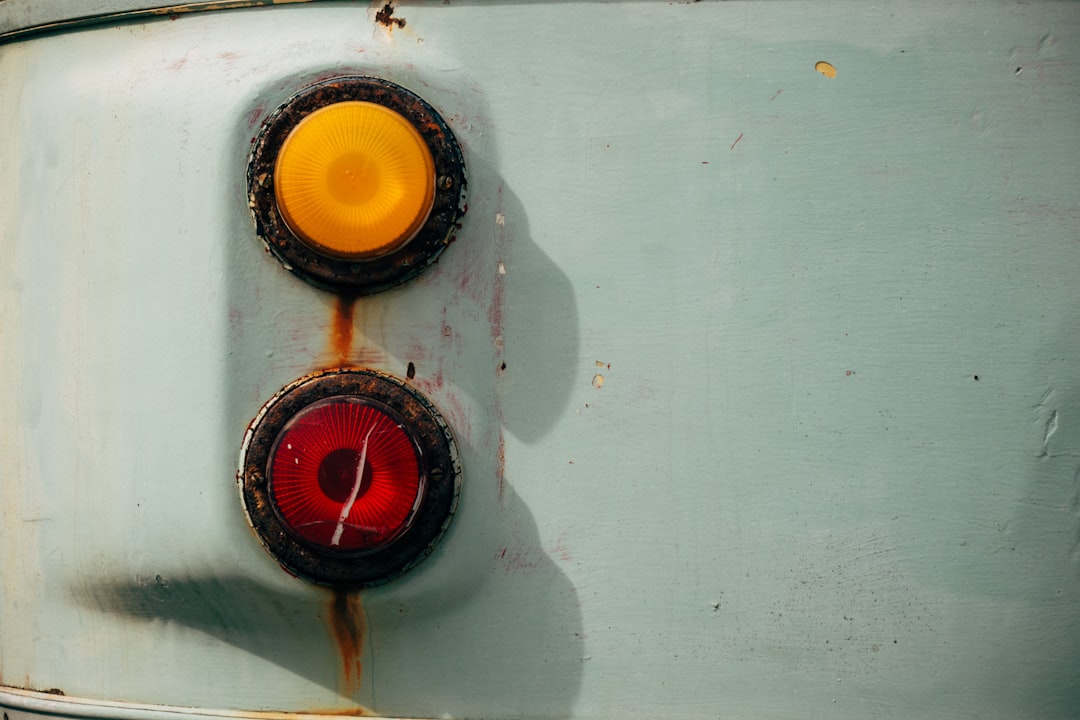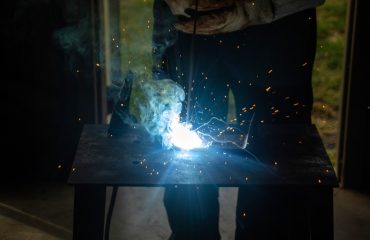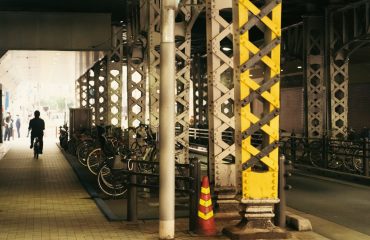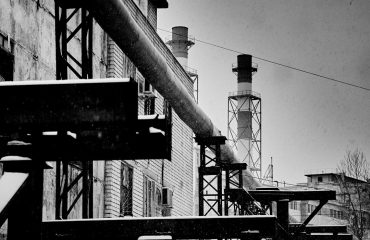Shot blasting is a powerful surface treatment technique used across numerous industries to clean, prepare, and even strengthen various materials. This comprehensive guide will delve into the intricacies of this process, exploring its applications, benefits, and necessary safety precautions. Understanding shot blasting is crucial for anyone involved in manufacturing, construction, or maintenance where surface preparation plays a vital role.
Understanding the Shot Blasting Process: A Step-by-Step Guide
At its core, shot blasting involves propelling abrasive media, typically small, hard metal pellets (the “shot”), at high velocity against a surface. This high-impact process removes contaminants, rust, scale, paint, and other surface imperfections. The process typically involves the following steps:
- Surface Preparation: The workpiece is positioned within the shot blasting cabinet or enclosure. Any loose debris should be removed beforehand to prevent clogging of the equipment.
- Shot Acceleration: A spinning wheel or turbine accelerates the abrasive media to high velocity. The type of equipment used depends on the size and type of workpiece.
- Impact and Cleaning: The accelerated shot impacts the surface, removing contaminants through a combination of kinetic energy and abrasion. The intensity of the blasting can be controlled to achieve the desired surface finish.
- Shot Recovery and Recirculation: In most systems, the spent shot is collected and recirculated, minimizing waste and ensuring consistent blasting performance. A separator removes dust and debris from the shot.
- Post-Processing: After blasting, the workpiece may undergo further processing, such as painting, coating, or further surface treatments.
Types of Shot Blasting Equipment and Their Applications
The choice of shot blasting equipment depends on factors such as the size and shape of the workpiece, the desired surface finish, and the type of material being processed. Common types of equipment include:
- Wheel Blast Machines: These machines use a rotating wheel to propel the abrasive media. They are suitable for a wide range of applications and workpiece sizes.
- Air Blast Machines: These machines use compressed air to propel the abrasive media. They are often used for smaller workpieces or delicate surfaces requiring more precise control.
- Centrifugal Blast Machines: These machines use centrifugal force to propel the media, offering high efficiency and throughput.
- Automated Blast Systems: For high-volume production, automated systems offer increased efficiency and consistency.
Applications span various industries including automotive, aerospace, shipbuilding, construction, and metal fabrication. Common uses include cleaning castings, preparing surfaces for painting, removing rust and corrosion, and improving surface fatigue strength.
Benefits of Utilizing Shot Blasting Techniques
Shot blasting offers numerous advantages over other surface preparation methods. These include:
- Superior Cleaning: Shot blasting effectively removes contaminants, creating a clean surface for optimal adhesion of coatings.
- Improved Surface Profile: The process creates a roughened surface, increasing the surface area and improving the bond strength of subsequent coatings.
- Enhanced Fatigue Strength: The compressive stresses induced by shot blasting can increase the fatigue strength of metal components.
- Cost-Effectiveness: While the initial investment can be substantial, the efficiency and reduced waste often lead to long-term cost savings.
- Automation Potential: Many shot blasting processes can be automated, increasing productivity and consistency.
Safety Precautions During Shot Blasting Operations
Shot blasting involves high-velocity projectiles and can pose significant safety risks if proper precautions are not taken. Essential safety measures include:
- Personal Protective Equipment (PPE): Workers must wear appropriate PPE, including safety glasses, hearing protection, respirators, and protective clothing to prevent injuries from flying debris and abrasive dust.
- Enclosure and Containment: The shot blasting process should be contained within an enclosed cabinet or chamber to prevent the escape of abrasive media and dust.
- Regular Maintenance: Regular maintenance of the equipment is essential to ensure safe and efficient operation. This includes checking for wear and tear, ensuring proper ventilation, and regularly inspecting safety systems.
- Training and Supervision: Workers should receive thorough training on safe operating procedures and emergency response protocols. Experienced supervision is crucial, especially for new operators.
- Emergency Procedures: Clear emergency procedures should be in place and regularly practiced to handle any accidents or equipment malfunctions.
Choosing the Right Abrasive Media for Shot Blasting
The selection of abrasive media is crucial for achieving the desired surface finish and minimizing damage to the workpiece. Different types of media are available, each with its own characteristics and applications:
- Steel Shot: A common choice for its versatility and effectiveness in removing heavy contaminants.
- Steel Grit: Offers a more aggressive cleaning action than steel shot, suitable for removing heavy scale and rust.
- Cast Iron Shot: A softer media, often used for cleaning delicate surfaces or preventing damage to softer materials.
- Glass Beads: A very fine media used for finishing and polishing applications, creating a smooth surface.
- Ceramic Media: Various ceramic media are available, offering different levels of hardness and aggressiveness.
The choice of media depends on the material being blasted, the desired surface finish, and the level of contamination to be removed. Careful consideration of these factors is essential for optimal results.
Shot blasting is a versatile and powerful surface treatment technique offering significant advantages across various industries. By understanding the process, its applications, and safety precautions, businesses can leverage its benefits to improve product quality, efficiency, and safety.




